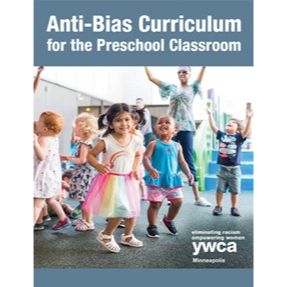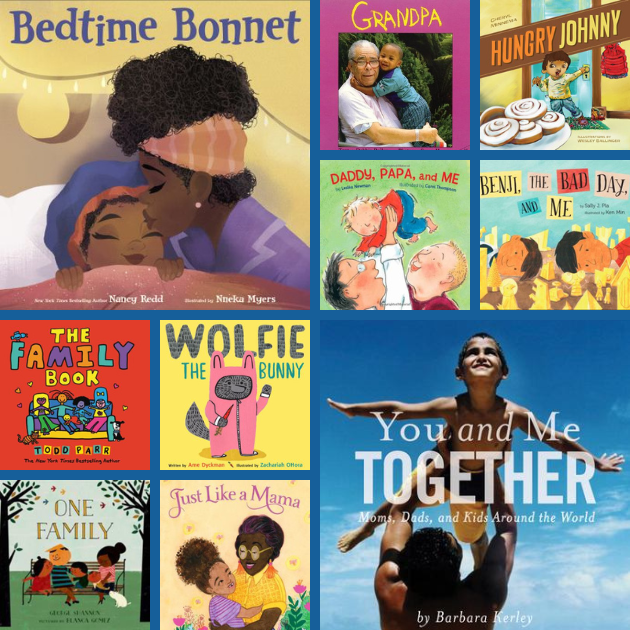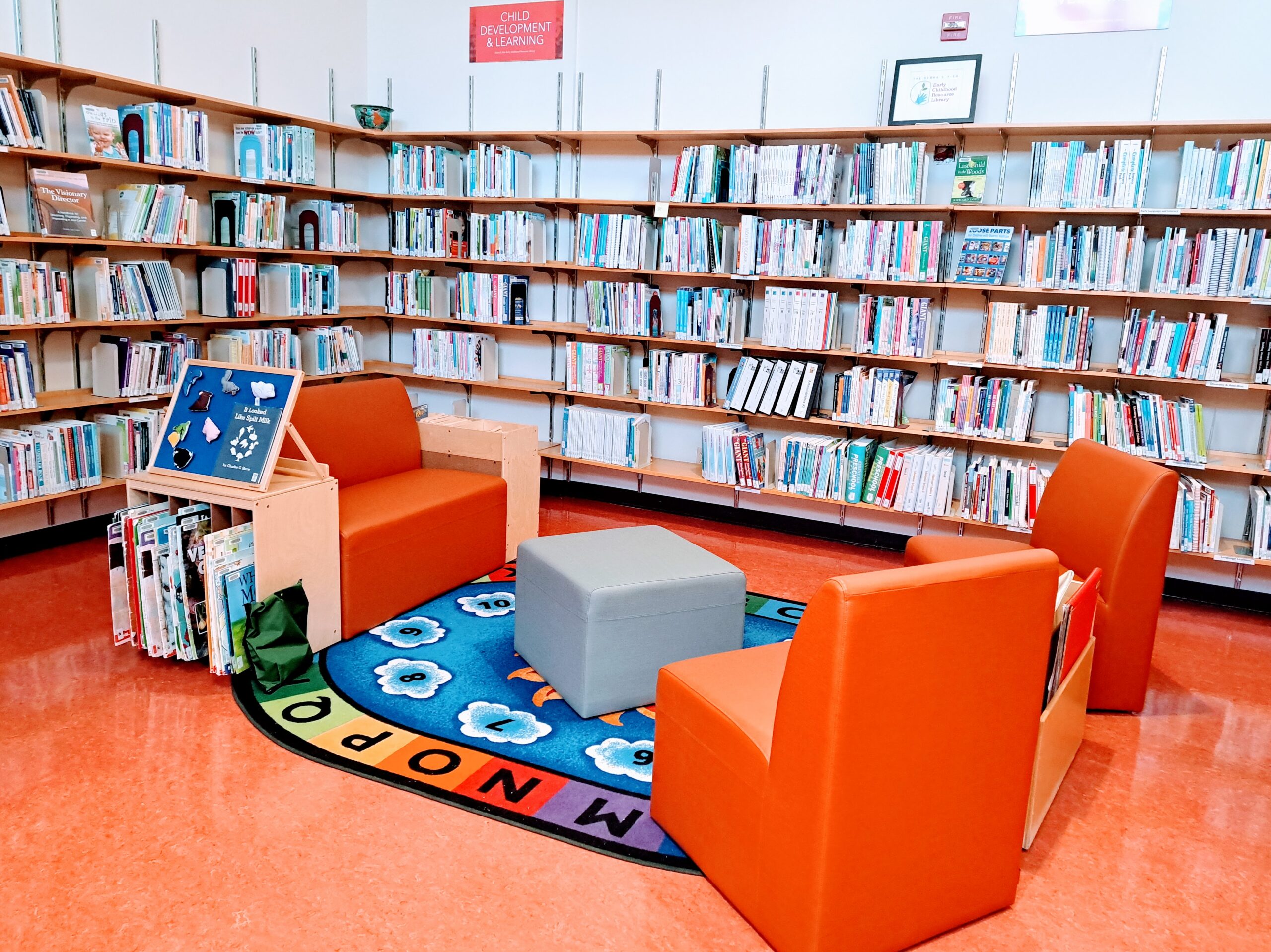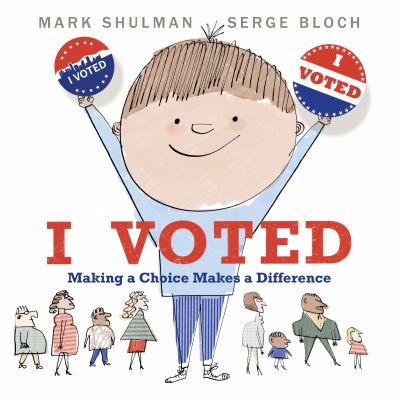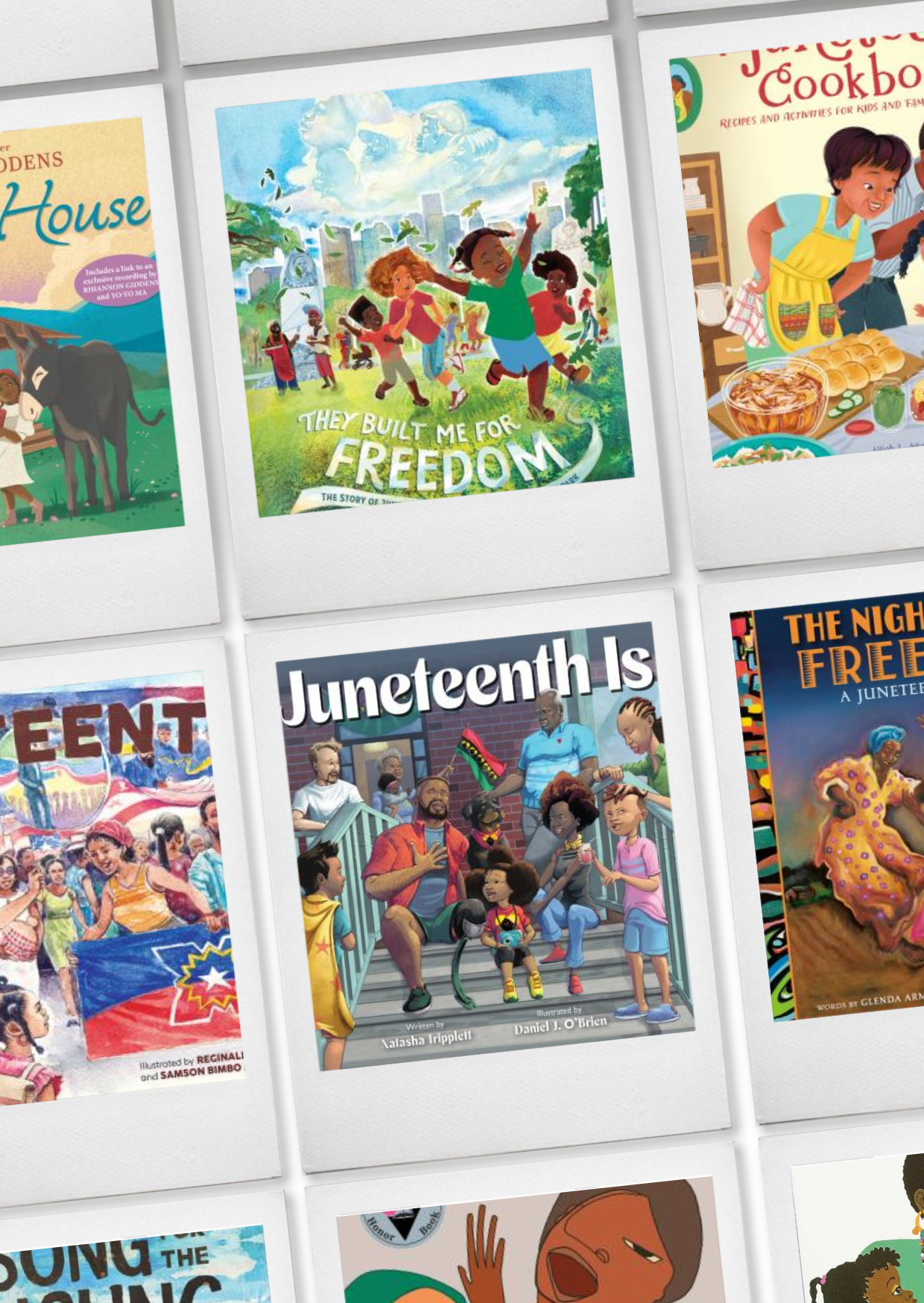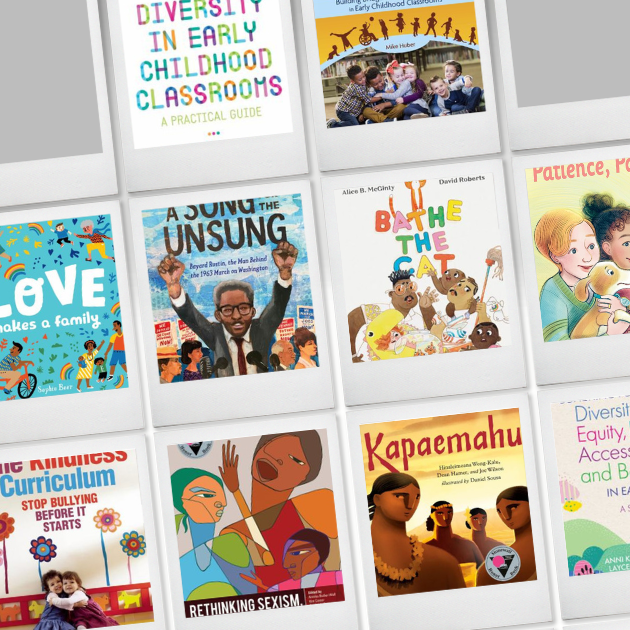November has arrived and with it encouragement to celebrate Native American heritage, voting, All Saints Day, All Souls Day, Veterans’ Day, Thanksgiving, and more. Here at Think Small Institute, we encourage you to celebrate heritage in the context of STEAM activities.
When learning about and celebrating the heritages of children, families, and staff in your program, it is important to use an anti-bias approach and steer clear of cultural tourism. When we are intentional about integrating culture and diversity into our programs, we can avoid falling into the “tourist curriculum” trap. A “tourist curriculum” celebrates cultural holidays, but little else is integrated into the curriculum. Having a “Fiesta Friday” to celebrate Hispanic heritage when children throughout the program sing songs in Spanish, are shown a book in Spanish, make a pinata, play a traditional game, and have tacos for lunch but at no other time including Hispanic heritage in a menu or lesson plan is an example of a “tourist” curriculum.
An anti-bias, diversity-focused curriculum allows for aspects of many cultures to be integrated into everyday activities as well as lesson plans and menus throughout the year. Check out our featured books and eLearning offerings for more information on anti-bias curriculum planning and incorporating STEAM in your program.
Featured Book
Anti-Bias Curriculum for the Preschool Classroom
YWCA Minneapolis Early Childhood Education Department
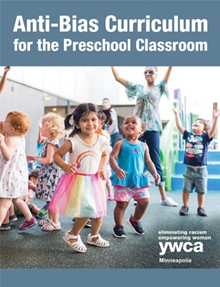
Recognizing and nurturing the individuality of families is especially important when working with marginalized groups. There are a variety of marginalized groups in the United States. Teachers who seek to recognize the uniqueness of all families can show respect and build relationships that support healthy growth and development between themselves and families. When we work to understand the beliefs that guide children and their families, we become more culturally sensitive.
When teachers make plans that directly relate to the interests of the group, they recognize and respect the importance of culture in children’s lives. This approach takes into account children’s families, home lives, and languages, as well as their perspectives and understanding of their world.
YWCA teacher Ms. Ashley knows that as an anti-bias teacher, she should make families the center of her students’ development. She makes time every day to sing a song about family.
Here is how the song would go for a child named Sarah:
- Sarah has a mom, and her name is Desiree.
- Sarah has a mom, and her name is Desiree.
- Sarah has a mom, and her name is Desiree.
- Oh, she loves Sarah so!
“A young child sees the world through her relationships,” explained Ms. Ashley. “She sees who she is when we sing this song. After we sing, we each take a turn to share something about the person we sang about. How a child expresses their thoughts and feelings are individual. One child may add a bit to the song, another may clap, yet another may speak or laugh. It is the teacher’s role to recognize and affirm children. It’s not always easy. Sometimes they say something that is hard. Then we have to talk about our thoughts and emotions.”
Ms. Ashley modifies the song as needed to accurately reflect each child’s life. “We know that a stressed brain can’t think, so it’s important that we navigate through tough times as calmly as possible. In this case, I wait for children to initiate who they want to talk about. This gives a consistent space to talk about, reflect, and recognize all the people who love them. Because I know this, I can be very thoughtful when I do this song with the group. It’s very emotional sometimes, for all of us.” Each time she sings one of these songs, Ms. Ashley is celebrating the children’s unique upbringing while also allowing them to build a variety of skills.
Diversity comes in all aspects of our identities. As Ms. Ashley shared with another teacher, “There is diversity everywhere. We have diversity of confidence levels, race, ethnicity, culture, family structure, and so on. Another student is practicing waiting her turn and listening. This song gives us time to talk about important things on their minds and practice skills that need attention every day.”
If you want to know more and find ways to ensure you are taking an anti-bias approach when learning about children and families in your program, there are many to be discovered in Anti-Bias Curriculum for the Preschool Classroom from Redleaf Press.
Look for our new eLearning Course “Diversity Informed Meal Planning” for more ideas on celebrating the various cultures represented in your program and community through food.
Featured Book
Baby Steps to STEM: Infant and Toddler Science, Technology, Engineering, and Math Activities
By Jean G. Barbre, EdD
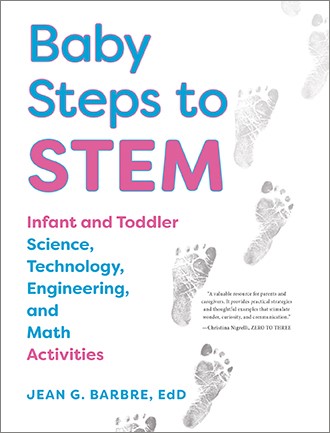

From the moment they are born, young children are innately inquisitive and filled with a sense of wonder. They are beautiful and amazing people who delight in the simplest discovery. Each new experience provides opportunities for the children to learn about the world. They are amazed by simple things that adults often take for granted, such as watching a butterfly resting on a tree branch or rolling or bouncing a ball across the floor or smelling the sweet fragrance of a flower.
Their eagerness and excitement for learning about the world makes caring for them a joy. The activities in this book are designed to promote STEM learning for infants and toddlers. Some activities lend themselves better to infants rather than toddlers, or toddlers rather than twos. Knowing the children in your care will help you determine which activities you select and how to modify them for each child.
Leaf Prints
Ages: Infants, Toddlers, and Twos
STEM Concepts
Learning Outcomes
- Science (Physical science, Life Science, Earth Science)
- Technology (Simple tools)
- Engineering
- Math (Patterns and classification)
Children will investigate and explore the parts of leaves while experiencing life science and the natural world.
Teaching Tips
Leaf rubbings give children a closer look at the structure of the leaf, including the stem, leaf, and veins. In most plants, the leaves provide food for the plant. The veins transport water, minerals, and food to the plant.
Materials
- variety of leaves
- magnifying glasses
- colored pencils
- crayons
- clipboards
- different kinds of paper, including wax paper, parchment paper, or tracing paper
- tape
Getting Ready
Go on a nature walk with the children and collect a variety of leaves for the rubbing activity.
How To
After collecting the leaves, let children investigate them using magnifying glasses. Show the children the different coloring materials. Place a leaf and paper on each clipboard, with the paper covering the leaf. The clipboard will help keep them in place as the child rubs the paper with the coloring materials. Let the children experiment with the rubbings by using different coloring materials and types of paper. Each paper’s surface and the coloring tool will give a different kind of leaf rubbing experience. Tape the leaf rubbings to windows to allow light to show through the paper. Tape the natural leaf up next to the leaf rubbing to show contrast. Hint: Keep in mind that it’s easy to tear the paper, so caution children who are using colored pencils not to press or rub too hard. Thinner paper will easily rip.
Expand the Activity
Use aluminum foil instead of paper. Place the foil on top of the leaf and roll a pencil over the leaf. This will give you a raised print instead of a colored one.
Build Vocabulary
leaf, vein, stem, rub, pressure, crayon, pencil, paper
Inquiry Questions and Comments
- Where did we see the leaves? Yes, they were on the trees outside, and we picked the leaves that had fallen to the ground.
- How do the leaves look the same?
- How do the leaves look different from each other?
- How are the edges of the leaves different?
- What colors do you see in the leaves?
- This one is green and brown. What else do you see on the leaf?
- When you touch it, what does it feel like?
Home-School Connection
Invite parents to go for a nature walk with their children and collect leaves and flowers in their neighborhood. Invite the parents to place them in a basket for the children to explore and investigate.
Suggested Books
- Autumn Leaves by Ken Robbins
- Awesome Autumn by Bruce Goldstone
- Counting in the Garden by Kim Parker
- First 100 Numbers Colors Shapes (Bright Baby) by Roger Priddy
- The Wind Blew by Pat Hutchins
- A Windy Day in Spring by Charles Ghigna and Laura Watson
Like this activity? There are many more to be discovered in Baby Steps to STEM: Infant and Toddler Science, Technology, Engineering, and Math Activities by Jean G. Barbre, EdD at Redleaf Press.
Look for our new eLearning course about integrating math throughout the day for more STEM ideas here.
